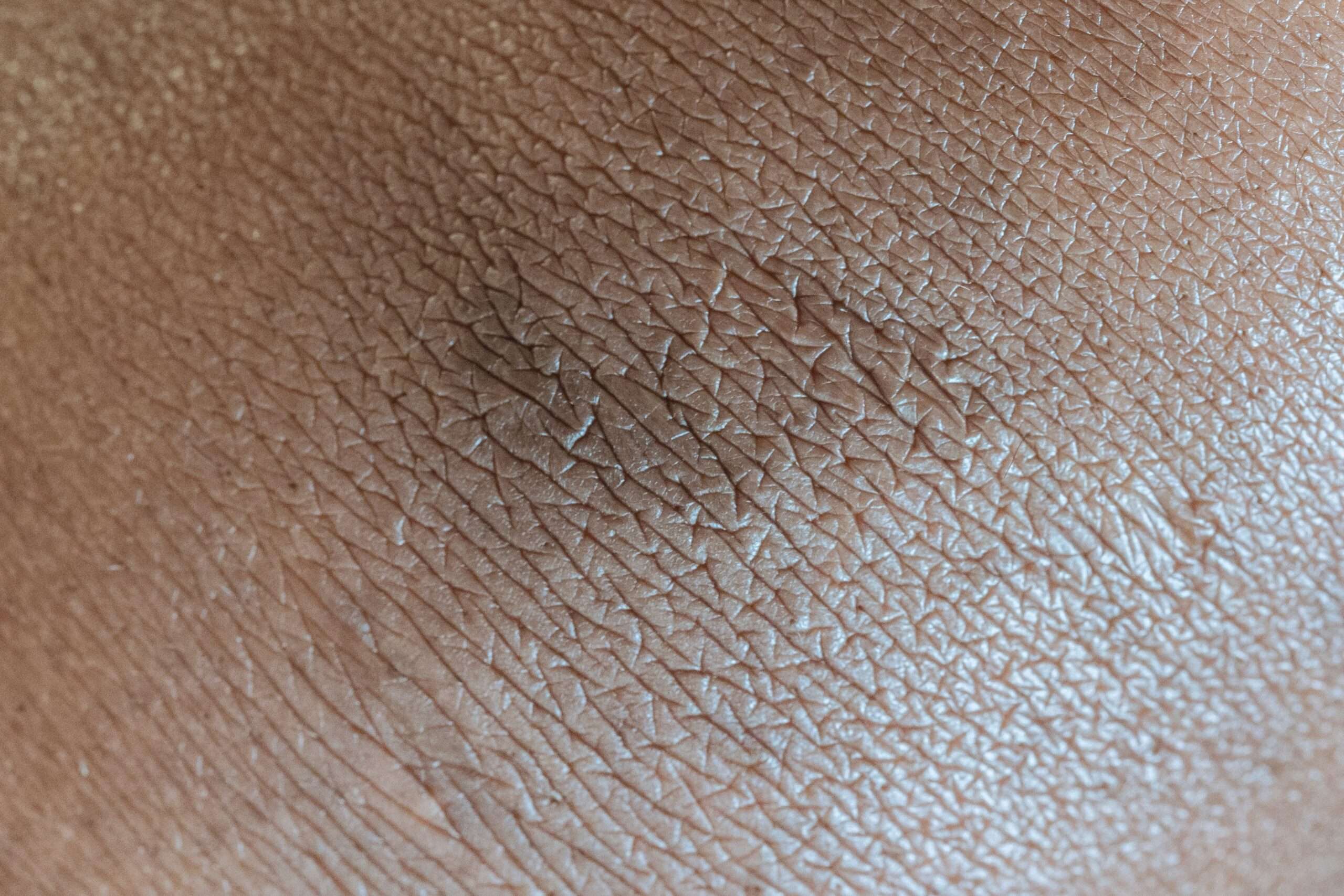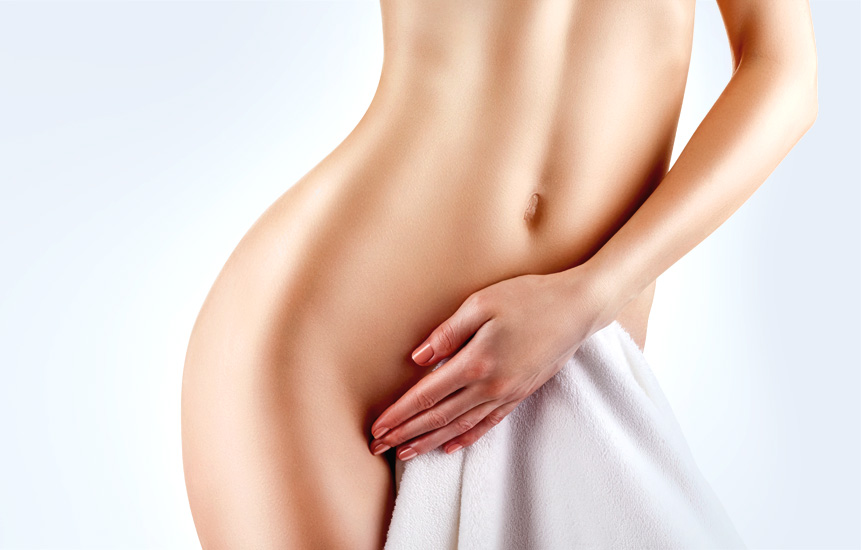Pigmentation treatment in Istanbul – Turkey: whether caused by sun exposure, hormonal changes, or skin injuries, can significantly impact your skin’s appearance and your confidence. At Signature Aesthetica in Istanbul, we specialize in advanced, effective treatments to help you achieve a flawless complexion. Our expert team combines state-of-the-art technology with personalized care to target and eliminate dark spots, giving your skin a more even tone and youthful glow. Whether you seek a quick and non-invasive solution or a more intensive treatment, we offer a range of options tailored to your unique needs. Reclaim your confidence and embrace a new you with the trusted expertise that has made us a leading name in aesthetic care.
Pigmentation treatment: Quick Overview
| Category | Details |
|---|---|
| What is Pigmentation? | Skin condition characterized by dark patches or spots due to excess melanin production. |
| Common Causes | Sun exposure, hormonal changes, aging, inflammation, and genetics. |
| Types of Pigmentation | Hyperpigmentation (dark spots), Melasma (brown patches), Post-inflammatory hyperpigmentation (spots after acne/injury). |
| Symptoms | Uneven skin tone, dark spots, patches, or areas of discoloration. |
| Who is Affected? | Can affect all skin types, though more common in those with darker skin tones. |
| When to Seek Treatment? | When pigmentation is persistent, affects self-esteem, or is resistant to home remedies. |
| Duration of Results | Varies; maintenance is often needed for long-term results. |
| Recovery Time | Depends on the type of treatment but can range from a few days to a few weeks. |
| Expected Results | Reduction in dark spots and an even skin tone over time. |
| Consultation Needed | Essential for identifying the type and cause of pigmentation before starting any treatment. |
Skin pigmentation: What is it
Skin pigmentation refers to the color of a person’s skin, determined by the amount of melanin produced by melanocytes in the skin. Melanin is the pigment responsible for skin, hair, and eye color. Variations in pigmentation can result in conditions like hyperpigmentation (darker patches of skin), hypopigmentation (lighter patches), or depigmentation (loss of skin color). These changes can be due to factors like sun exposure, hormonal changes, medical conditions, or certain medications.
Skin pigmentation Types & Causes
| Type | Description | Causes | Common Areas Affected | Treatment Options |
|---|---|---|---|---|
| Hyperpigmentation | Darkening of the skin due to excess melanin production. | Sun exposure, inflammation, acne, hormones, aging | Face, hands, shoulders, and other areas exposed to the sun | Topical creams (e.g., hydroquinone, retinoids), laser therapy, chemical peels, sun protection |
| Hypopigmentation | Lightening of the skin due to a reduction in melanin production. | Vitiligo, albinism, inflammation, infection, trauma | Any part of the body | Light therapy, topical corticosteroids, camouflage makeup |
| Melasma | Brown or gray-brown patches, typically on the face. | Sun exposure, pregnancy, hormonal changes, genetics | Face, particularly cheeks, forehead, nose, upper lip | Topical creams, chemical peels, laser treatment, sun protection |
| Post-inflammatory | Dark spots or patches that remain after an injury or inflammation, such as acne. | Inflammation, acne, skin injuries | Face, chest, back, shoulders | Topical creams, chemical peels, laser therapy, sun protection |
| Solar Lentigines | Also known as age spots or liver spots, these are small, darkened patches on the skin. | Sun exposure, aging | Face, hands, arms, back, shoulders | Laser therapy, cryotherapy, chemical peels, topical creams |
| Albinism | A genetic condition characterized by a lack of melanin in the skin, hair, and eyes. | Genetic mutation | Entire body, hair, eyes | Sun protection, visual aids, skin care |
| Vitiligo | Loss of skin color in patches due to the destruction of melanocytes. | Autoimmune disorder, genetics | Face, hands, feet, elbows, knees | Light therapy, topical treatments, camouflage makeup, depigmentation |
Pigmentation treatment options
| Treatment | Method | Ideal for | Recovery Time | Pros | Cons |
|---|---|---|---|---|---|
| Fractional Laser | Laser resurfacing in fractional patterns | Deep pigmentation, scars | 3-7 days | Effective for deeper layers, collagen boost | Redness, swelling, requires multiple sessions |
| PRP (Platelet-Rich Plasma) | Injection of concentrated platelets from your blood | Mild pigmentation, rejuvenation | 1-2 days | Natural, minimal downtime, improves texture | Requires multiple sessions, costly |
| Chemical Peel | Application of acid solution to exfoliate | Superficial pigmentation, melasma | 3-7 days | Exfoliates skin, improves tone and texture | Redness, peeling, requires multiple sessions |
| Dermabrasion | Mechanical exfoliation with a rotating instrument | Superficial to moderate pigmentation | 7-14 days | Smoothes skin surface, effective | Redness, swelling, risk of scarring |
| Microneedling | Micro-injuries to stimulate collagen production | Mild to moderate pigmentation | 1-2 days | Improves texture, minimal downtime | Redness, may need multiple sessions |
Results
After pigmentation treatment, results typically begin to appear within 1 to 3 weeks as the skin starts to heal and new, even-toned skin emerges. The full effect of the treatment may take up to 2 to 3 months, depending on the type and depth of pigmentation and the treatment used. Results can last several months to years, especially with proper skincare and sun protection. However, maintenance treatments may be required to keep the skin tone even, particularly if new pigmentation develops due to sun exposure or hormonal changes. It’s essential to follow post-treatment care to prolong the benefits and prevent the recurrence of pigmentation.
Before After Pigmentation Treatment
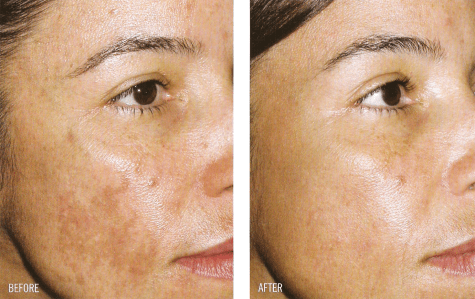
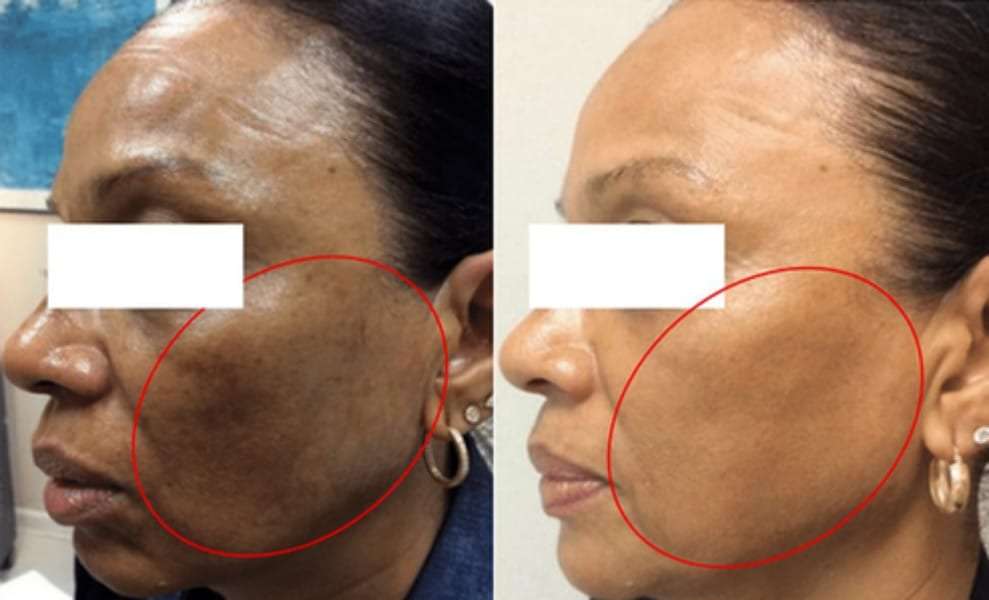
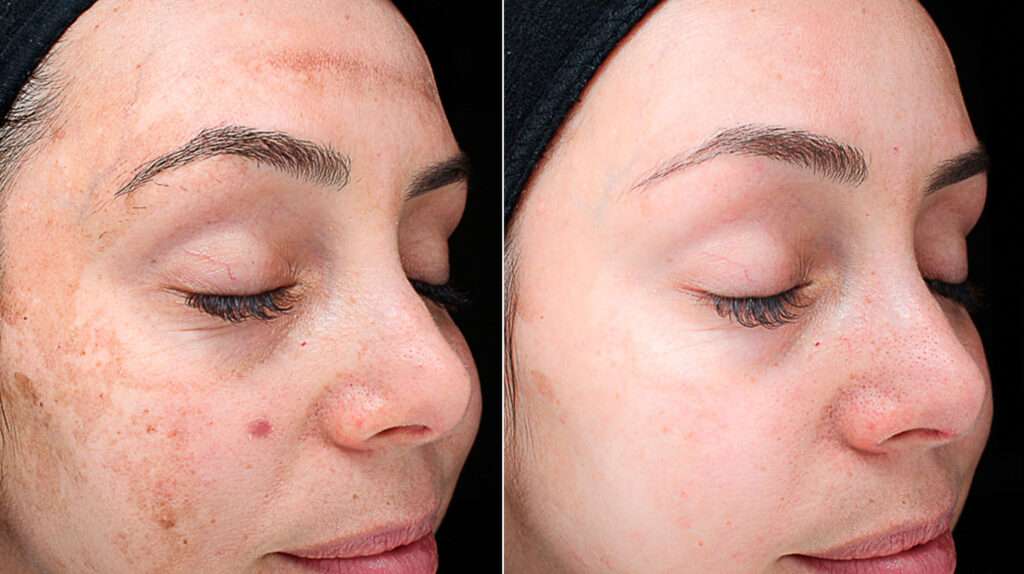
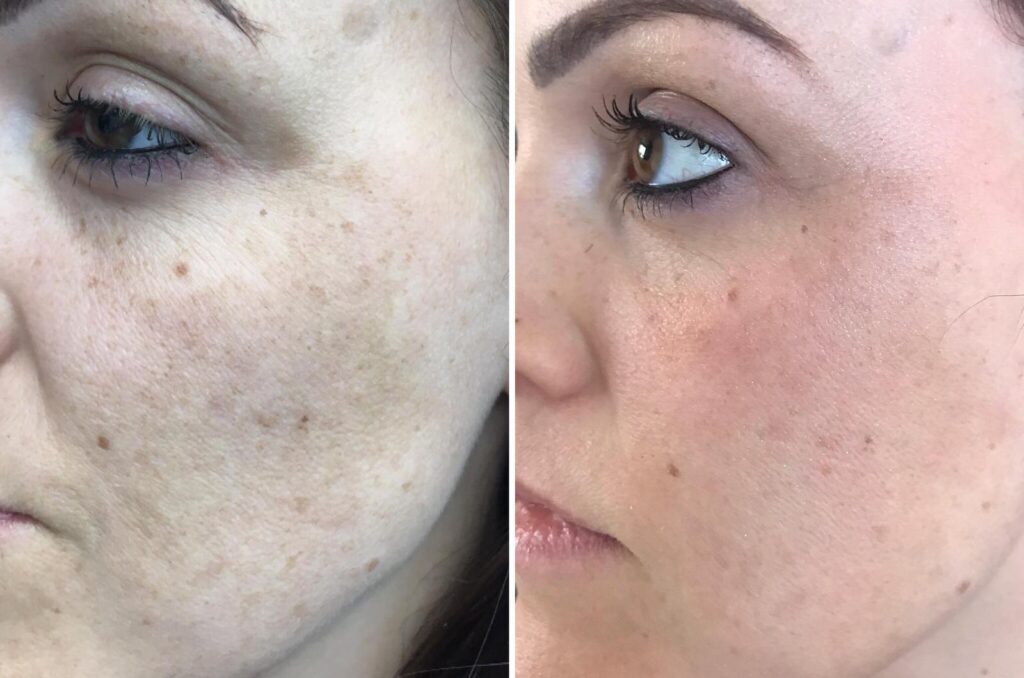
Top-rated pigmentation treatment, Fractional Laser!
Age spots, melasma, and post-inflammatory hyperpigmentation can all be effectively treated with fractional laser therapy. Using focused laser beams, this method creates micro-injuries in the skin that encourage the creation of collagen and skin regeneration. Improved skin tone and texture result from the fractional laser’s targeted targeting of pigmented cells while sparing surrounding tissue damage. It is preferred because of its accuracy and short recovery period, and many patients see results after just a few sessions. Fractional laser treatments are a highly recommended alternative for attaining a more uniform complexion and minimizing undesired pigmentation because they are also adaptable and can be tailored to fit different skin types and pigmentation disorders.
Reviews after Pigmentation treatment in Istanbul
Emma, Mid-40s: “I recently underwent my first fractional laser treatment, and I couldn’t be happier with the results. After just one session, I noticed a significant improvement in the pigmentation on my skin. The staff was incredibly professional, and I felt well taken care of throughout the process. I’m thrilled with how my skin looks now—much brighter and more even-toned. Definitely worth it!”
Chloe, 23 years: “I had two sessions of PRP treatment to address some pigmentation issues. While I do see some improvement, the results have been more subtle than I expected. My skin feels healthier, and there’s a slight glow, but I think it might take a bit more time or additional sessions to see more dramatic changes. Overall, it was an okay experience.”
Sophie, 28 years: “I decided to try chemical peels to deal with some pigmentation on my face. After three sessions, I’ve noticed a slight change in my skin’s tone and texture, but it’s not as dramatic as I had hoped. My skin does feel smoother, and I believe with more treatments, the results might be more noticeable. It’s a gradual process, but I’m hopeful.”
Charlotte, 57 years: “I opted for Dermabrasion to tackle some pigmentation and aging spots. After just two sessions, I’m pleased with the outcome. My skin looks fresher, and the spots have lightened considerably. The treatment was a bit intense, but the results are worth it. I feel more confident in my skin now, and I’m glad I made this decision.”
FAQ | Pigmentation treatment in Istanbul
How much does pigmentation treatment cost in Istanbul?
The cost varies by Pigmentation treatment type, at Signature Aesthetica in Istanbul the price starts at 100 EUR.
Can pigmentation be treated at home?
Home treatments include using topical creams with ingredients like vitamin C, niacinamide, and retinoids. Consistent use and sun protection are essential.
Are there any side effects of pigmentation treatment?
Side effects may include redness, peeling, irritation, or temporary darkening of the skin. It’s important to follow post-treatment care instructions.
How can I prevent pigmentation from returning?
Prevent pigmentation by using sunscreen daily, avoiding excessive sun exposure, and using products with ingredients that help control melanin production.
How long does it take to see results from pigmentation treatments?
Results vary by treatment and individual. Topical treatments may take several weeks to months, while laser treatments often show improvement after a few sessions.
Are there other names for pigmentation treatments?
Yes, it’s also referred to as “skin brightening,” “dark spot removal,” “melasma treatment,” or “skin tone correction.”
Book an appointment for pigmentation treatment in Istanbul
Booking an appointment for Pigmentation treatment in Istanbul, Turkey, has never been easier with Signature Aesthetica. We are dedicated to selecting only the best and highest-rated doctors to ensure that you receive top-notch care.
Our process begins with a thorough evaluation of the leading cosmetic surgeons in Istanbul. We meticulously assess their credentials, success rates, and patient reviews.
Next, we focus on the most attractive and competitive prices. We understand that affordability is crucial, and we strive to offer options that fit various budgets without compromising on quality.
It’s difficult enough to find time for yourself, just give us a phone or a brief message, and we’ll work out a time that suits you, for before after results here our Instagram.
